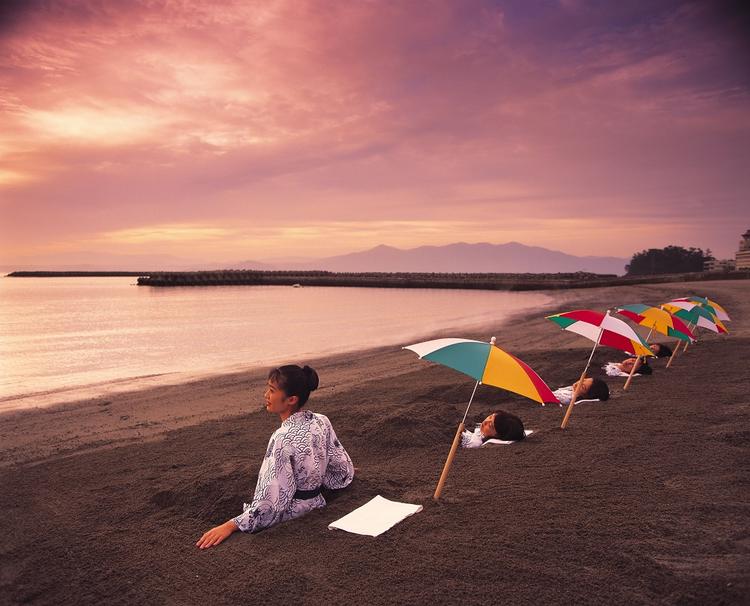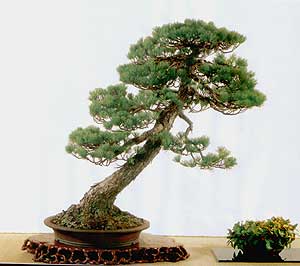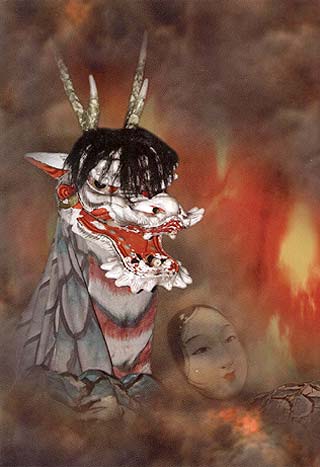biography began
MIN TANAKA: DANCE OF THE WORLD
 The building of the Theater School of Dramatic Art Theater on Sretenka is not just a wall. This is a huge bright space, getting into which, a person immediately becomes an object of art. Architecture (one of the authors of the project is the Artistic Director of the Theater Anatoly Vasiliev) is designed so that anyone who appears there feels as if in the arena, on the podium, and it is not by chance that the white walls do not imply approaching them, it is no coincidence that there are no chairs along walls. You must perforce move, climb and descend through the numerous ladders, getting onto balconies and platforms, every second building your relationship with space, with an echo from your voice and steps. The theater has already begun. Continue reading
The building of the Theater School of Dramatic Art Theater on Sretenka is not just a wall. This is a huge bright space, getting into which, a person immediately becomes an object of art. Architecture (one of the authors of the project is the Artistic Director of the Theater Anatoly Vasiliev) is designed so that anyone who appears there feels as if in the arena, on the podium, and it is not by chance that the white walls do not imply approaching them, it is no coincidence that there are no chairs along walls. You must perforce move, climb and descend through the numerous ladders, getting onto balconies and platforms, every second building your relationship with space, with an echo from your voice and steps. The theater has already begun. Continue reading
CLOTHES IN TRADITIONAL JAPANESE ARTS
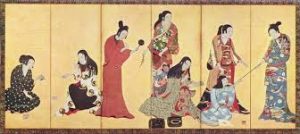 In today’s world, traditional clothing naturally gives way to a European dress. Kimono is also subject to change. Now it is made using modern dyeing and weaving technologies. Its decoration changes according to demand. The national costume, along with other cultural phenomena, has become a platform for experiments in attempts to find new opportunities for its development and transformation today. But despite any social and cultural changes, the world of traditional arts in Japan remains almost unchanged, which makes this country unique in the eyes of the whole world. Continue reading
In today’s world, traditional clothing naturally gives way to a European dress. Kimono is also subject to change. Now it is made using modern dyeing and weaving technologies. Its decoration changes according to demand. The national costume, along with other cultural phenomena, has become a platform for experiments in attempts to find new opportunities for its development and transformation today. But despite any social and cultural changes, the world of traditional arts in Japan remains almost unchanged, which makes this country unique in the eyes of the whole world. Continue reading
HISTORY OF CERAMICS OF JAPAN
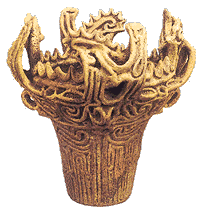 The discovery of archaeological sites with ceramics of about 13 thousand years old on the Japanese islands in the early 60s was at that time a real world sensation, refuting the popular belief that the Middle East was the center of the earliest pottery. Today, ceramic complexes aged 13-10 thousand years are known not only in Japan, but also in the south of the Russian Far East, in eastern and southeastern China, in Korea.
The discovery of archaeological sites with ceramics of about 13 thousand years old on the Japanese islands in the early 60s was at that time a real world sensation, refuting the popular belief that the Middle East was the center of the earliest pottery. Today, ceramic complexes aged 13-10 thousand years are known not only in Japan, but also in the south of the Russian Far East, in eastern and southeastern China, in Korea.
1. ANCIENT CERAMICS. The oldest pottery in the world was first discovered on the Japanese archipelago. In 1960, during the excavation of a primitive site in Fukui Cave (Nagasaki Prefecture, Kyushu Island), fragments of clay vessels were discovered whose age, according to radiocarbon analysis, is about 13 thousand years. Most of the monuments are open in the central and southern parts of the island. Honshu, in the north of Fr. Kyushu. The oldest ceramic complexes of the most northern island of Hokkaido date back to about 9 thousand years. Samples of ancient Japanese ceramics Continue reading
